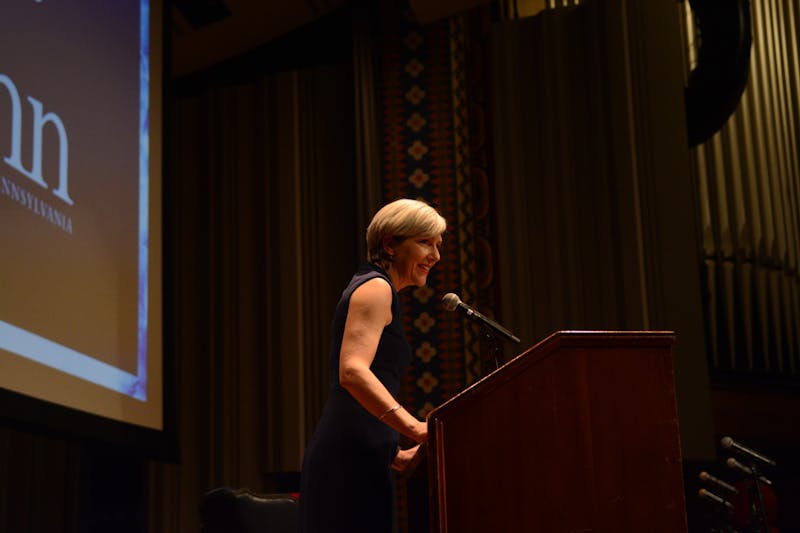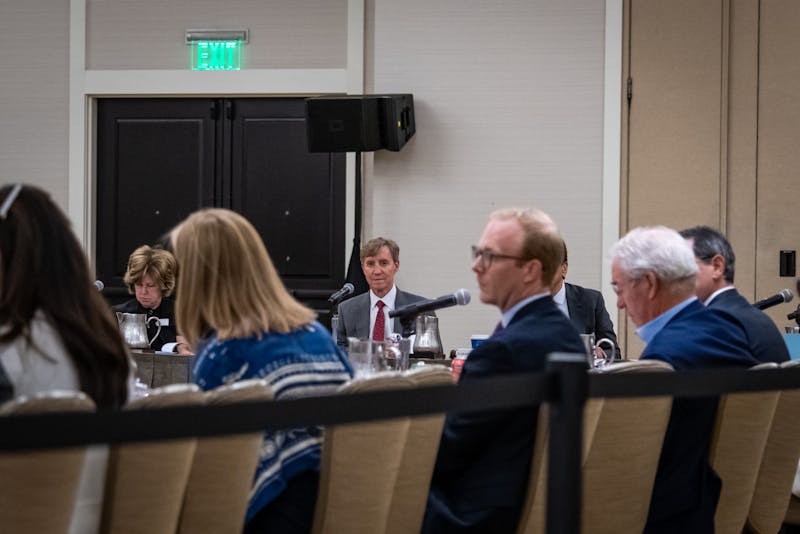Once every 10 years, the Philadelphia City Council’s redistricting clock starts ticking. This year, City Council members have until Sept. 9 to come up with a district map of Philadelphia — and thanks to a contest co-sponsored by Penn, residents will have a say.
In the past, the City Council has received a lot of criticism for gerrymandered districts created in favor of incumbent council members instead of for the benefit of Philadelphia citizens.
This year, the 10 City Council members have extra help. Five Philadelphia groups collaborated to create FixPhillyDistricts.com, a website where citizens can log on and redraw the district map for themselves. Geo-information system software firm Azavea collaborated with Newsworks, the Penn Project for Civic Engagement, Philadelphia Daily News and Philly.com to create a competition through which citizens can submit their own district maps. A total of seven winning maps were chosen — including one drawn by a team of Temple University and Wharton professors.
The maps were judged based on three characteristics: equal population among districts, a lack of splits of wards and neighborhoods and compactness — which refers to the lack of jagged district lines.
Frederic Murphy and Ram Gopalan of Temple University, along with Wharton Operations and Information Management professor Steven Kimbrough, won for adhering to the compactness criteria.
“The argument they made was that you can’t [create a good map] using only [one] criteria — you need to take more things into consideration,” said Harris Sokoloff, adjunct professor at the Graduate School of Education and faculty director of the Penn Project on Civic Engagement.
Sokoloff, who attended the Sept. 6 public hearing where winning maps were presented, reminded contestants in early August of the trade-offs they needed to make between various criteria as they created their maps.
For example, a clean and compact map may not contain an equal population in each of the districts. Similarly, a map that tries to fit together neighborhood and cultural demographics may end up splitting wards, which haven’t changed in more than 20 years.
Five council members attended the public hearing — Councilman Bill Green, Councilwoman Marian Tasco, Council President Anna Verna, Councilwoman Donna Miller and Councilwoman Maria Quiñones-Sánchez. “It’s a listening exercise for the council,” said Azavea President and CEO Robert Cheetham. “It was a chance to hear how other people think.”
Cheetham noted that there may not have been any public hearings had it not been for the FixPhillyDistricts.com competition and the press attention surrounding it. “I don’t think [the council] would have cared about the contest unless the press wrote about it,” he said.
Competition grand-prize winner John Attanasio, a lawyer and consultant for nonprofit organizations, agreed. “I thought it was a great idea, because even though it is not likely to change the way city council does things this time, it helps increase public awareness about the issue,” he said.
The Daily Pennsylvanian is an independent, student-run newspaper. Please consider making a donation to support the coverage that shapes the University. Your generosity ensures a future of strong journalism at Penn.
DonatePlease note All comments are eligible for publication in The Daily Pennsylvanian.







